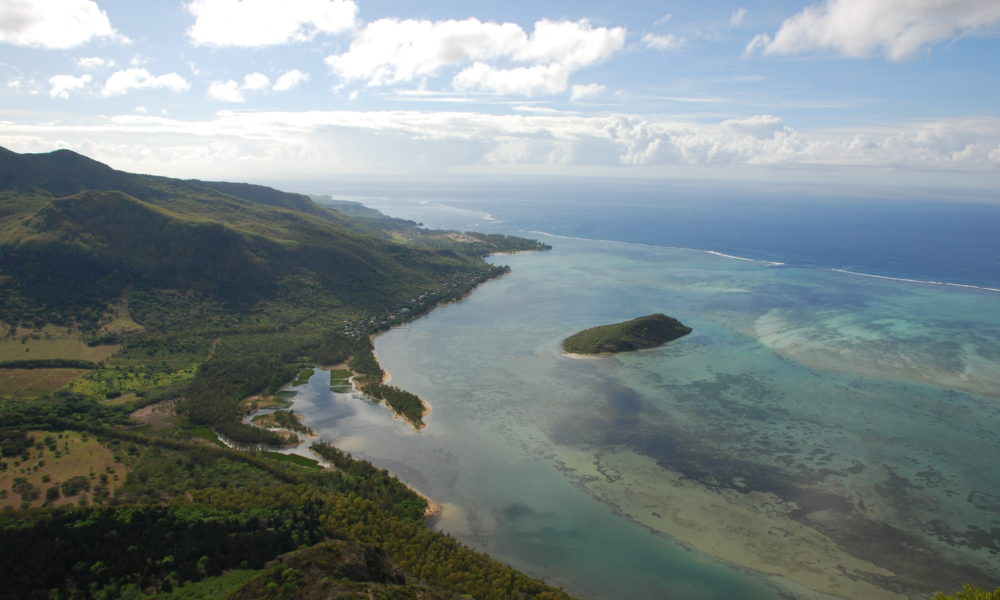
How Photography Helps Conservation
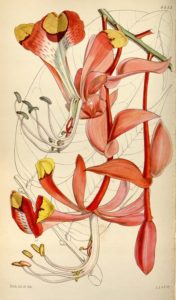
Pride of Burma in Curtis’s Botanical Magazine, 1849. Credit: Biodiversity Heritage Library (Public domain)
Before photos, there were drawings. They ranged from cave drawings of animals like lions, bison, mammoths, horses, and warty pigs, to illustrations in early Victorian botanical journals of the natural world, portraying meticulously described species that served to document life on earth. These drawings brought living things in distant and close destinations to all those interested in nature.
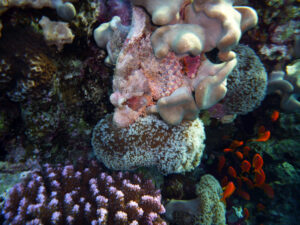
Stonefish hidden on a coral reef, Egypt ©dcarsprungli
As Jane Goodall, English primatologist and anthropologist, has said: “Only if we understand will we care. Only if we care will we help. Only if we help shall all be saved.” What’s more, as the proverb goes, “Seeing is believing,” and that can help understanding.
Today, photography has replaced many of the roles that drawings previously filled, such as to capture a scene, document a moment in time, represent a person, or describe a thing, such as flora and fauna. Photos in this day and age can go beyond portrayal; they can help conservation.
“A picture is a poem without words.” Horace
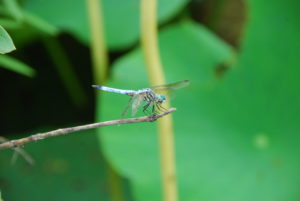
Dragonfly on a branch Credit: ©dcarsprungli
Taking nature photos, whether it be in the ocean, on a plain, in the mountains, or elsewhere, helps document something that’s been spotted and is important. Taking that photo and sharing it with others can lead to a multitude of outcomes: it has shared beauty; it might inspire a conversation; it can raise an emotion that the viewer may act on, such as through supporting a conservation initiative by volunteering, donating, or advocating for protection; and it might even document something that no one else has seen or that others have searched for but not found, the recording of which could result in helping the scientific community.
“Photography jumpstarts movements. The natural world, faced with unprecedented biodiversity loss and the climate crisis, urgently needs more people to join its movement.” The Nature Conservancy
All of these outcomes can help in conservation as photography brings the world closer and raises awareness, which is fundamental. People may know a place, animal, tree, flower, insect, or existing thing but have no idea what it looks like. Pictures of places, wildlife, and nature create a narrative and help open a discussion about how humans interact with it. This, in turn, increases the value people see in natural habitats and creates positive changes in future interactions.
Capturing images of animals in their habitats, plants where they live, and landscapes at a moment in time can also provide valuable data for researchers, such as time and location, and numbers of plants or animals. This can help them determine animal behavior, migration patterns, populations, plant mortality, and many other factors that are essential to understanding how to protect and conserve species.
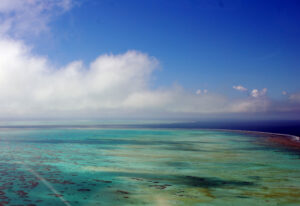
Great Barrier Reef, Australia ©dcarsprungli
At the same time, photography gives a voice to those animals, plants, insects, and landscapes. Melting glaciers or burning fires, starving animals or polluted waters bring the reality back to the people viewing them, creating a movement towards change. It can create a beautiful picture; it can also provide the shock people need to act.
Photos can also document when we get things right. Like National Geographic says: “Take a photo, save a species”!

